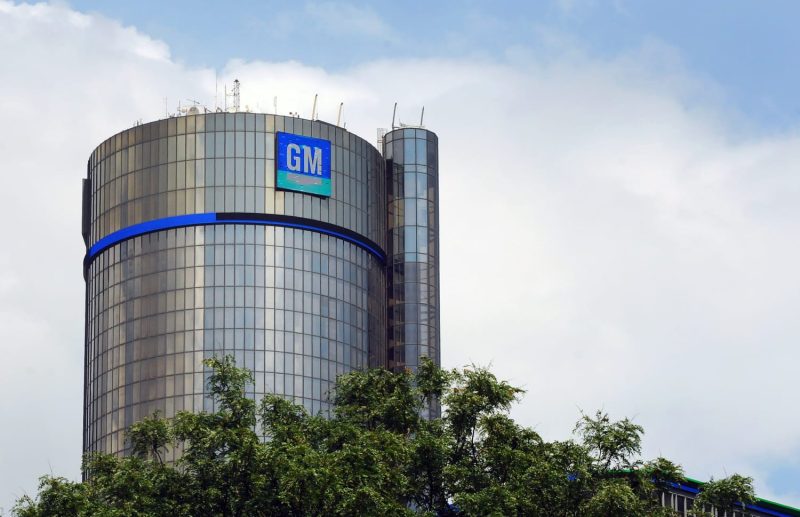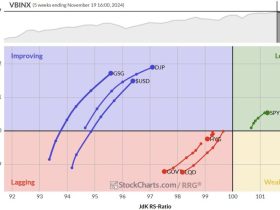The recent decision by General Motors (GM) to lay off 1,000 employees as part of a reorganization and cost-cutting effort has sent ripples through the automotive industry and raised concerns about the company’s future. This move comes as GM faces increasing competition, technological disruptions, and economic uncertainties that have forced the company to rethink its strategies and streamline its operations.
GM’s decision to downsize its workforce is not entirely unexpected, given the challenges the company has been facing in recent years. The automotive industry is undergoing a transformation, with the rise of electric and self-driving vehicles, changing consumer preferences, and global economic shifts all shaping the competitive landscape. In response to these changes, GM has been working to pivot towards new technologies and business models to stay competitive in the market.
However, the layoffs at GM signal a deeper issue within the company that needs to be addressed. While cost-cutting measures are necessary for companies to remain agile and efficient, they can also have negative consequences on employees and morale. Layoffs often result in job insecurity, decreased productivity, and a loss of institutional knowledge, which can hamper long-term growth and innovation.
Moreover, the timing of GM’s layoffs raises questions about the company’s overall strategy and leadership. With the automotive industry undergoing rapid changes, it is crucial for companies like GM to not only cut costs but also invest in research and development, talent acquisition, and strategic partnerships to drive future growth. Simply slashing jobs may provide short-term relief, but it may not be the most sustainable solution in the long run.
As GM navigates these challenges, it will be essential for the company’s leadership to communicate transparently with employees, stakeholders, and the public about its reorganization efforts. Transparency builds trust and helps align everyone towards a common goal, ensuring that the company can weather the storms ahead and emerge stronger on the other side.
In conclusion, GM’s decision to lay off employees amid reorganization and cost-cutting reflects the complex challenges facing the automotive industry today. While cost-cutting measures are a necessary part of staying competitive, they need to be balanced with strategic investments in innovation, talent, and partnerships to drive long-term growth. By fostering transparency, communication, and a forward-thinking mindset, GM can overcome these challenges and position itself for success in the evolving automotive landscape.














